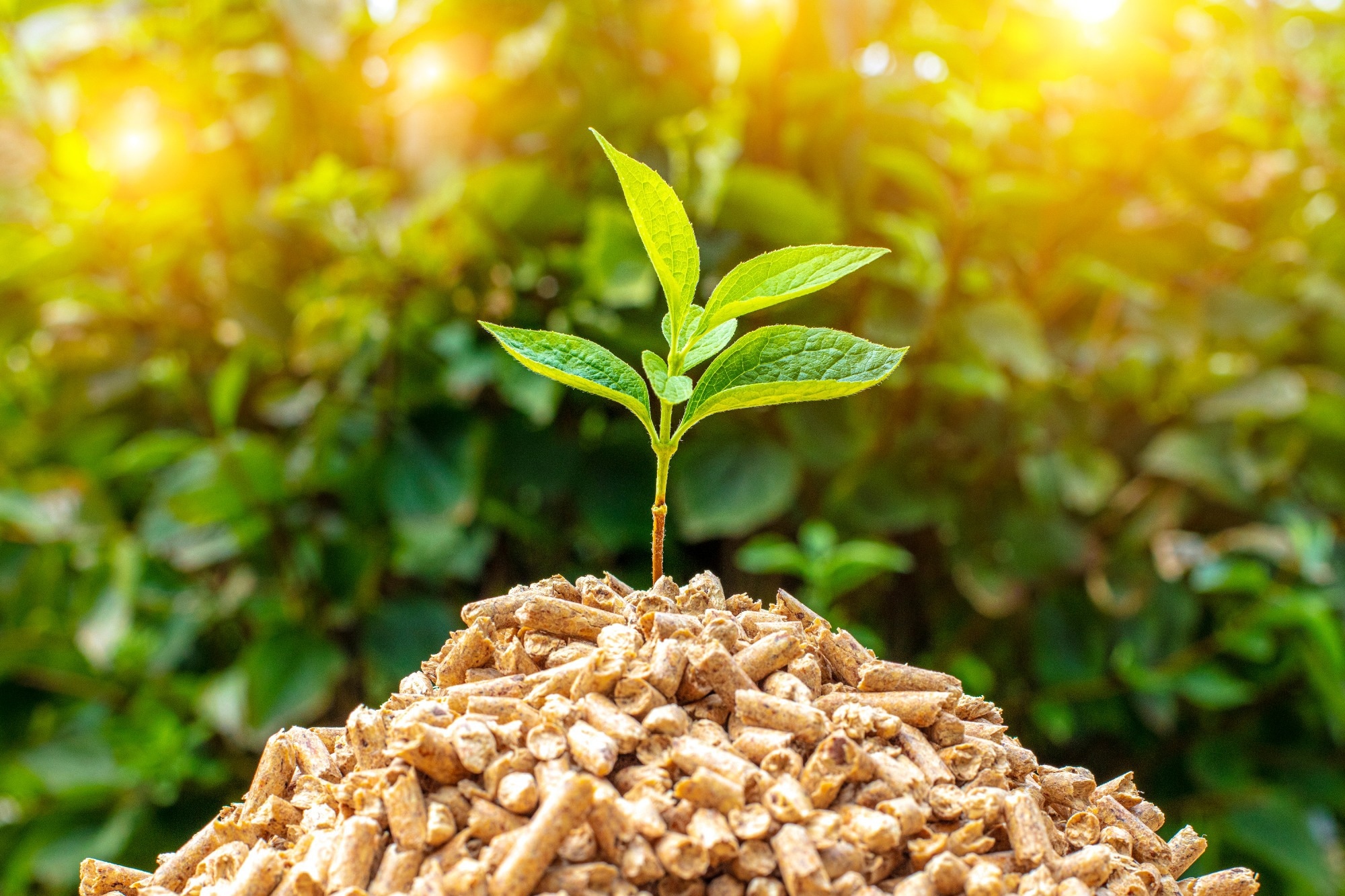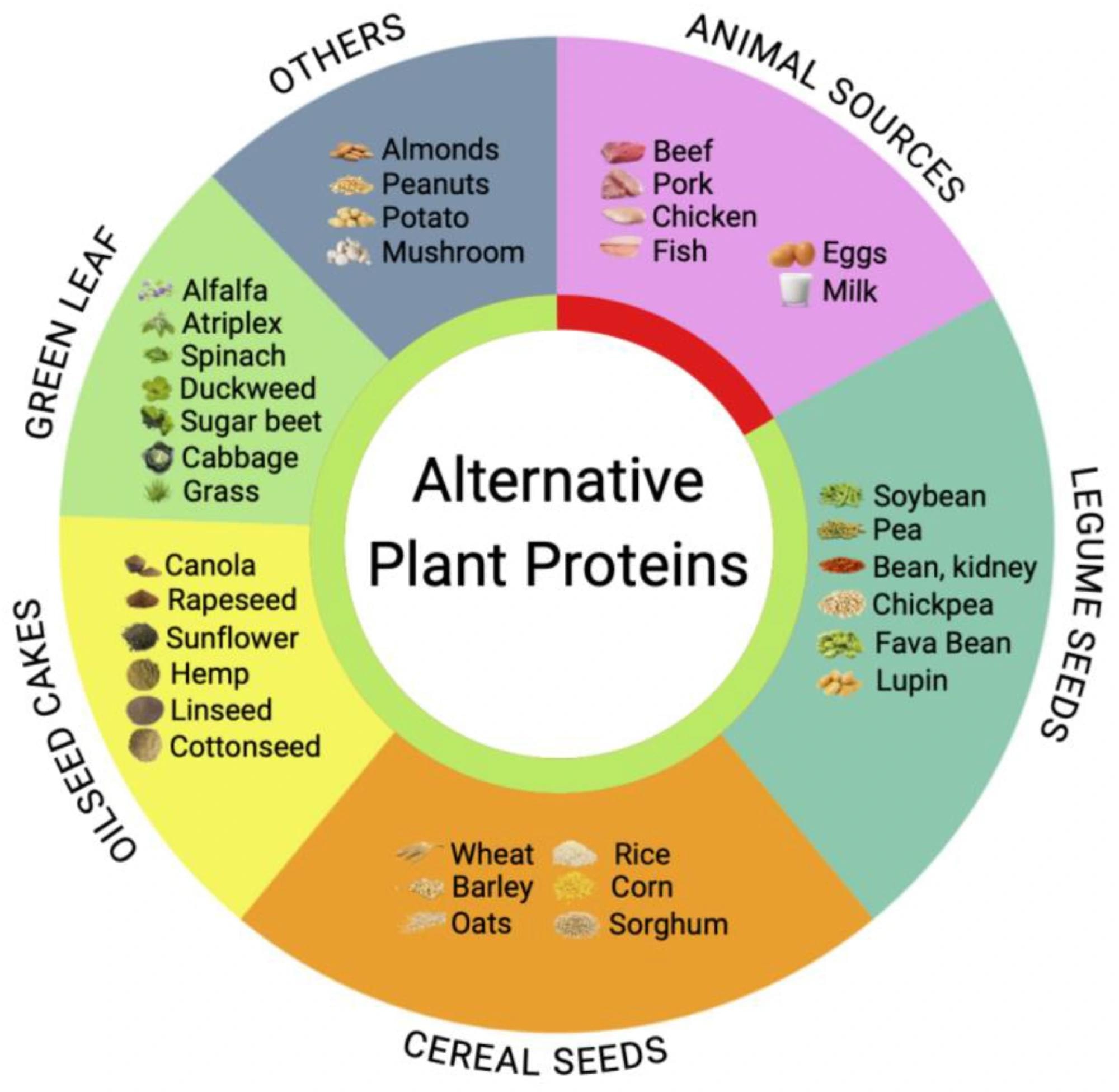In a recent study published in the journal Nutrients, researchers at North Carolina State University reviewed studies on underutilized sources of plant proteins and discussed strategies to enhance yields, extract nutrients and influence the demand and acceptance of new protein sources, especially green leaf biomass.
 Review: Current Status and Nutritional Value of Green Leaf Protein. Image Credit: gualtiero boffi / Shutterstock
Review: Current Status and Nutritional Value of Green Leaf Protein. Image Credit: gualtiero boffi / Shutterstock
Background
The consumption of plant-based proteins has become popular in recent times, and the growing global population has increased the demand for nutritious, affordable, and sustainable sources of protein. New protein technologies include animal cell culture, insect protein, fermentation protein, and alternate sources of plant proteins.
The quest to identify novel protein sources has explored plant protein sources such as fruit pomaces, discarded seeds, distiller’s spent grains, pulp, peels, and green leaf biomass. These products can be used in the form of concentrates, flours, and isolates and can contain other nutrients such as fiber, bioactive compounds, and starch. However, the nutritional equivalence of these novel protein sources and the strategies to extract nutrition while enhancing the yield and preserving the functional traits of these sources have to be established before these sources become marketable.
Conventional protein sources
While plant proteins constitute a majority of the global protein source, animal proteins have a higher protein content, have a higher amino acid score, are easily digestible, and have more net product utilization and biological value. Although plant protein sources have more polysaccharide fibers, β-sheet protein structures, and anti-digestive factors, treatment and processing of plant protein sources can achieve comparable digestibility as animal proteins. Furthermore, with growing concerns about the environmental impacts and animal welfare issues related to animal meat production, new technologies to develop protein sources with comparable nutritional content and affordability are becoming essential.
Cultivated proteins primarily involve in vitro cell cultures of fat tissue and animal muscle cells to produce minces or whole forms of protein that mimic meat in flavor and texture. Although significant progress has been achieved in animal cell culture technology, the challenges of biological limitations and affordability remain significant. Furthermore, since conventional sources of animal protein are enriched with bioavailable vitamins and minerals, the nutritional content of animal cell culture products are not yet comparable.
Cultivated proteins can also encompass algal and insect sources of proteins. Algal bioreactors are a sustainable source of protein production, and algal proteins are a good source of every amino acid. However, the rigid cell wall and alginates and carrageenan in some types of algae present problems of low digestibility and lower protein extraction efficiency.
Insect proteins, on the other hand, have constituted a large part of the diet in non-western countries and are a complete and high-yield source of protein while being easily digestible. However, the acceptance of insect protein sources has been low due to learned behaviors, and research on the processing and production of insect protein sources has been scarce.
Green leaf biomass
The evolutional diversity of bitter and umami taste receptors in humans are indicators that plant leaves have been consumed historically. Furthermore, studies dating as far back as 1773 have explored the extraction and nutritional comparability of green biomass proteins.
 Major groups of alternative plant-based proteins (green) contrasted with the traditional proteins from animal sources (red).
Major groups of alternative plant-based proteins (green) contrasted with the traditional proteins from animal sources (red).
Crudely processed green leaves contain 5% leaf protein, and in some leaves, the protein content is comparable to that of milk. Close to 50% of the soluble protein content of green leaves is found in Rubisco, which plays an essential carbon fixation role during photosynthesis. Rubisco also contains 10% to 30% of the total nitrogen content of green leaves. Green leaf protein extraction methods include crude extraction, thermal and enzyme-assisted extractions, alkaline extraction, sonication or ultrasound-assisted extraction, electroporation, as well as ultrafiltration, and heat and acid precipitation.
While the varied functional and nutritional profiles, the extraction strategy, and different processing steps for different green leaf types make a comparison of the nutritional and functional properties difficult, key functional properties are those that define digestibility, texture, palatability, and nutrient bioavailability. These include solubility, gelation, emulsification, stability, and foaming. Furthermore, some areas of nutrition in which green leaf proteins still present challenges are amino acid composition, digestibility, and the presence of secondary metabolites and anti-nutritional compounds.
Conclusions
To summarize, green leaves present an abundant and versatile source of proteins. However, the development of affordable processing technologies, as well as nutrition and price parity, is essential to make it a marketable alternate protein source. While the varied nutrient profiles and processing methods of different green leaves present a challenge to achieving this goal, it also presents opportunities to develop personalized nutritional sources and target niche dietary markets. With advancements in extraction and processing technologies, green leaf biomass could become a significant and sustainable source of protein.
Journal reference:
- Balfany, C., Gutierrez, J., Moncada, M., & Komarnytsky, S. (2023). Current status and nutritional value of green leaf protein. Nutrients, 15, Article 6. https://doi.org/10.3390/nu15061327, https://www.mdpi.com/2072-6643/15/6/1327